
Experts apply AI in semiconductor chip development - Photo: UMICH
This was a prominent topic in the workshop "Artificial Intelligence (AI) Solutions in the Semiconductor Industry" organized by the Innovation Center, Department of Science and Technology of Ho Chi Minh City on the afternoon of August 5.
Experts have focused on finding practical implementation capabilities in production environments, which is considered the biggest barrier today.
Expert Duong Quang Huy - engineer from Ascendas Systems - said that in modern production lines, especially semiconductor production lines, AI models are required to detect errors in production.
For example, engineers can use tools like Deep Network Designer to build, visualize, and fine-tune neural networks, or Classification Learner to test different algorithms and choose the model that best fits real-world datasets.
According to Mr. Huy, the difficulty lies in whether the model can still maintain the same accuracy as in the lab when transferring the model from the training environment to a real production line.
Because algorithms can achieve 99% accuracy in a simulated environment, but miss real product defects on the assembly line for simple reasons such as glare, dust, or a component being slightly rotated.
"The challenge in developing AI does not lie in algorithms, but in moving from the lab to reality," Mr. Huy affirmed.
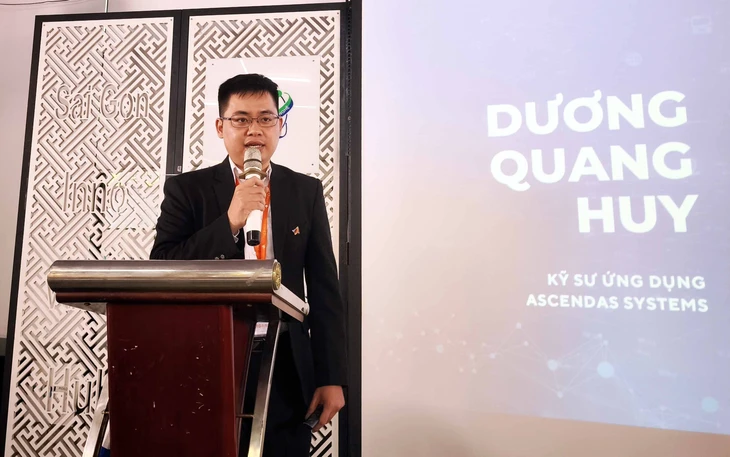
Expert Duong Quang Huy presented at the workshop - Photo: TRONG NHAN
According to experts, one of the fundamental and decisive solutions is to standardize input data and build accurate training data sets.
Because most errors in model deployment come from inconsistent input data, such as images that are overexposed, distorted, out of focus, have different lighting conditions than the training environment, or have components that are slightly displaced.
To solve this problem, expert Duong Quang Huy recommends standardizing image data before training, including steps such as balancing light, adjusting angles, enhancing contrast, and removing noise.
At the same time, accurate labeling using tools or a combination of manual and automatic labeling helps the model learn the true characteristics of the defect, instead of being disturbed by irrelevant features.
Also at the event, expert Tran Kim Duy Lan - country director of Navagis - pointed out another paradox in AI development. On the one hand, AI can help reduce chip design time by 30% and increase factory productivity by up to 25%. On the other hand, data centers operating AI are expected to consume up to 21% of global electricity by 2030.
In that context, Mr. Lan emphasized the importance of shifting from centralized AI models to distributed models at the device, specifically Edge AI and on-device AI. This is considered a strategic trend to ensure sustainability.
With Edge AI, data is processed right on the device, such as a smart camera, microcontroller, or embedded board, instead of being transmitted entirely to the cloud. This can reduce transmission bandwidth, while also reducing latency, increasing privacy, and most importantly, reducing power consumption per task by 100-1,000 times, thanks to eliminating the intermediate processing step.
Global AI market size reaches 1,811 billion USD
At the conference, experts also updated the latest reports on the development of AI, with the global market size expected to reach 1,811 billion USD by 2030. Meanwhile, the semiconductor industry aims to reach 1,000 billion USD at the same time.
At present, the combination of AI and semiconductors is considered to create a "double push" for the new industrial revolution, especially when the trends of proactive AI, multi-modal AI and generative & sustainable AI are reshaping the needs for chip design, optimization and testing.
Source: https://tuoitre.vn/ung-dung-ai-trong-day-chuyen-san-xuat-tuong-de-ma-kho-20250805160542772.htm



![[Photo] President Luong Cuong attends special political-artistic television show "Golden Opportunity"](https://vstatic.vietnam.vn/vietnam/resource/IMAGE/2025/8/22/44ca13c28fa7476796f9aa3618ff74c4)
![[Photo] Prime Minister Pham Minh Chinh chairs the conference to review the 2024-2025 school year and deploy tasks for the 2025-2026 school year.](https://vstatic.vietnam.vn/vietnam/resource/IMAGE/2025/8/22/2ca5ed79ce6a46a1ac7706a42cefafae)
![[Photo] President Luong Cuong receives delegation of the Youth Committee of the Liberal Democratic Party of Japan](https://vstatic.vietnam.vn/vietnam/resource/IMAGE/2025/8/22/2632d7f5cf4f4a8e90ce5f5e1989194a)



































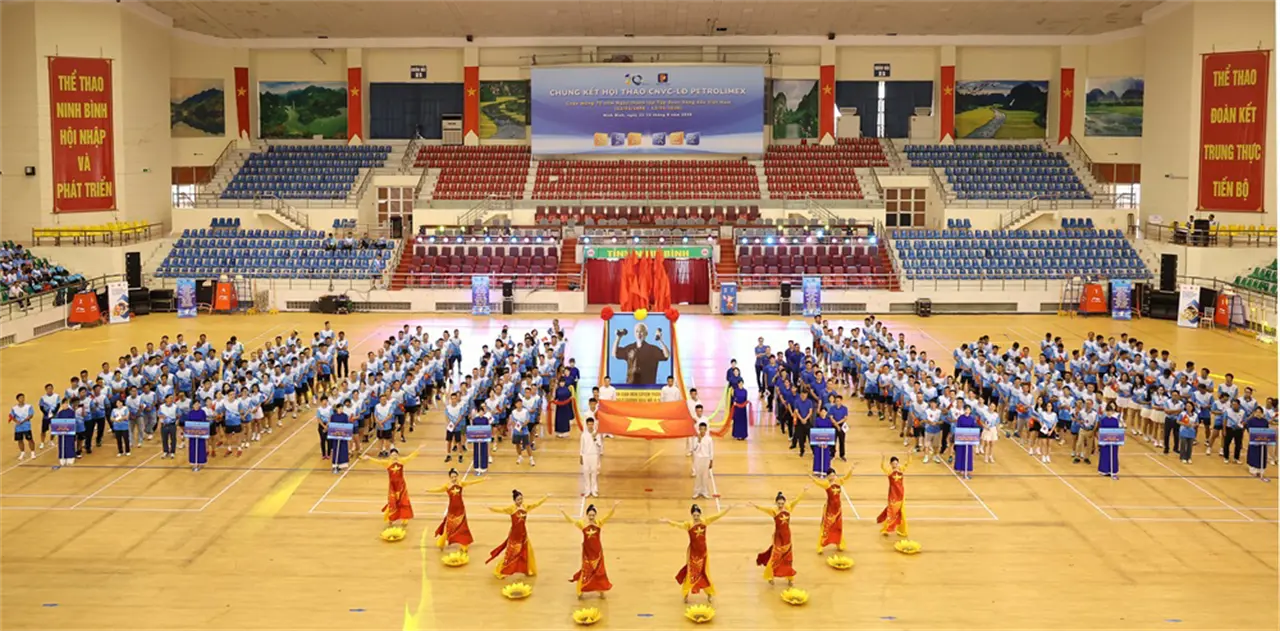

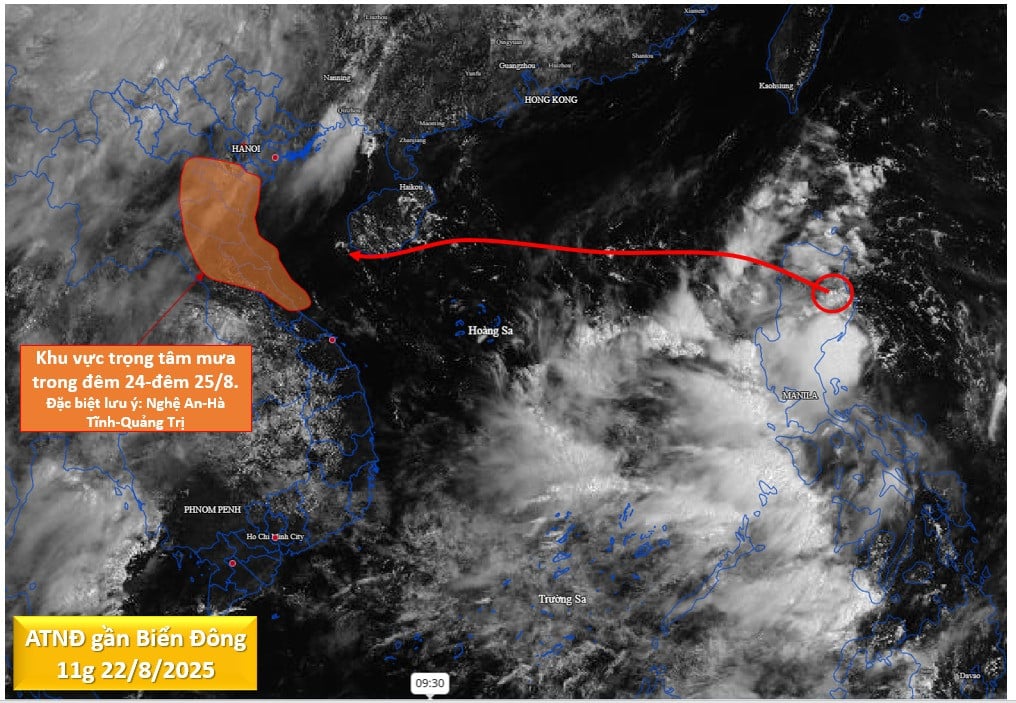





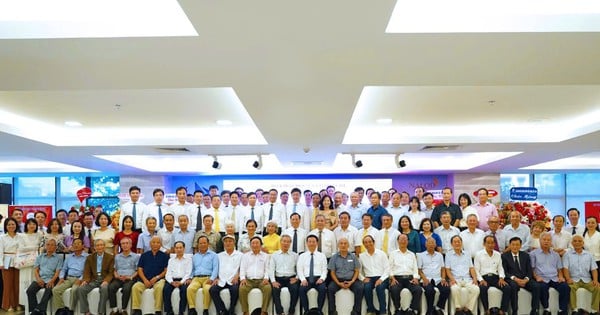

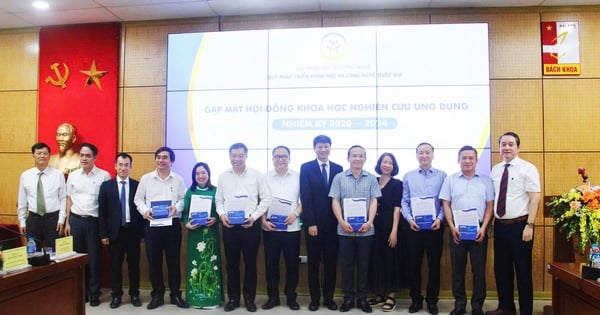
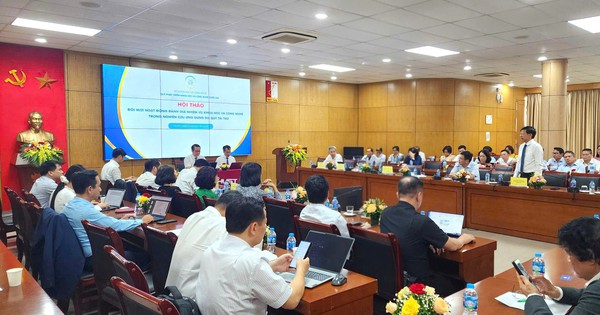


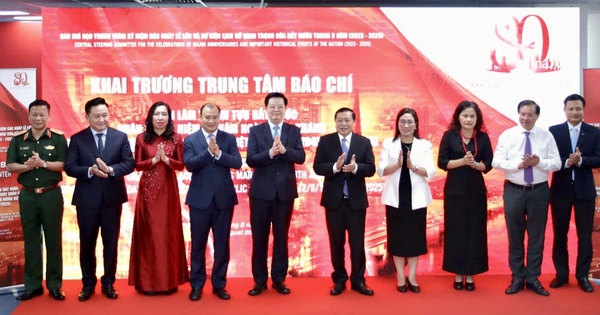





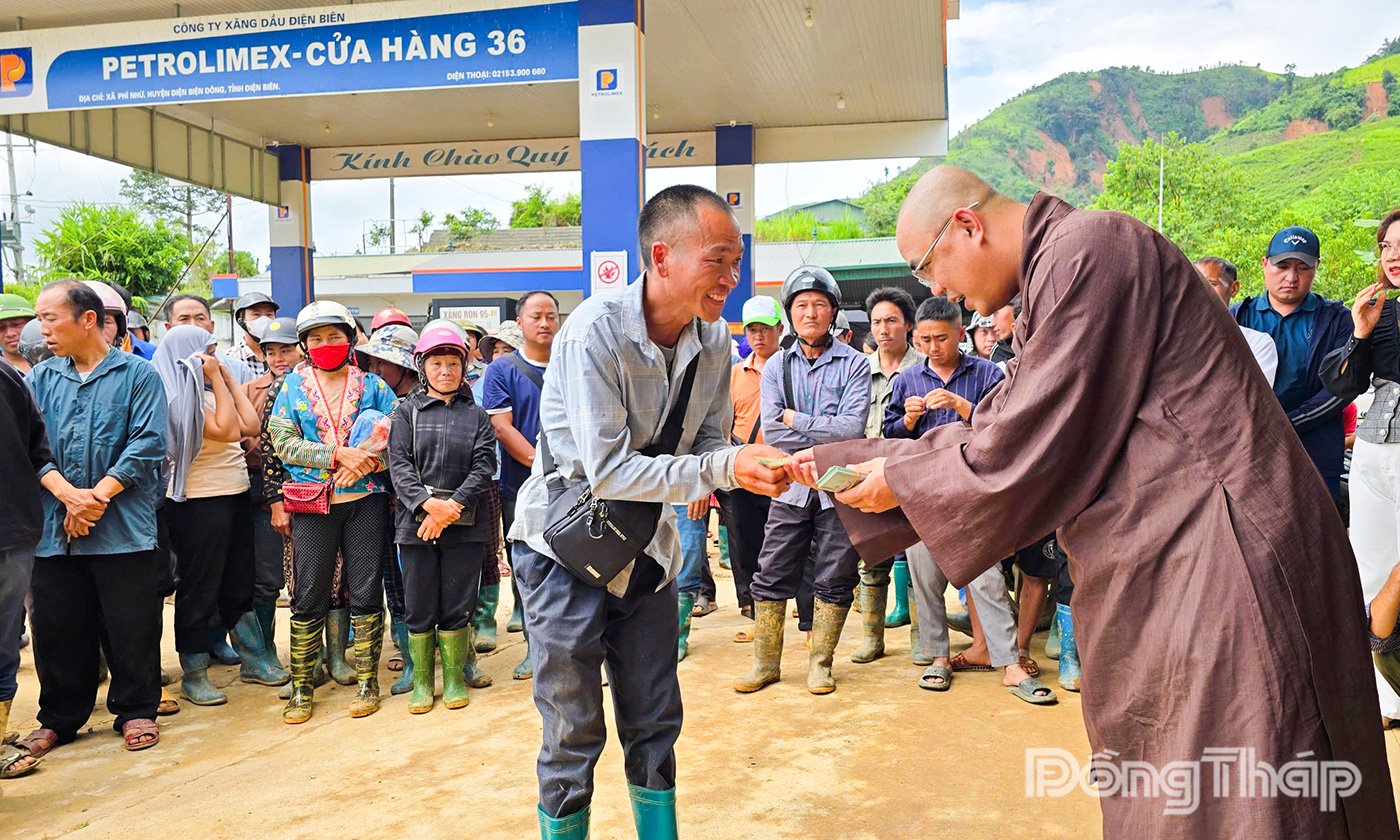
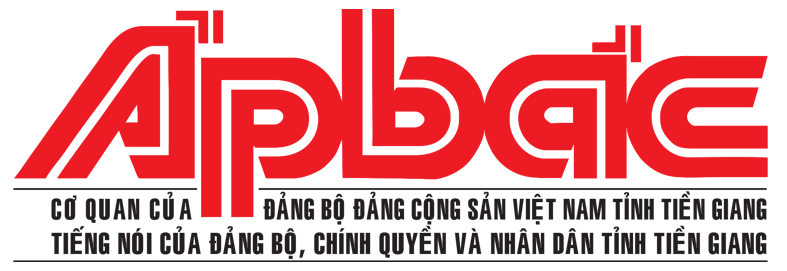




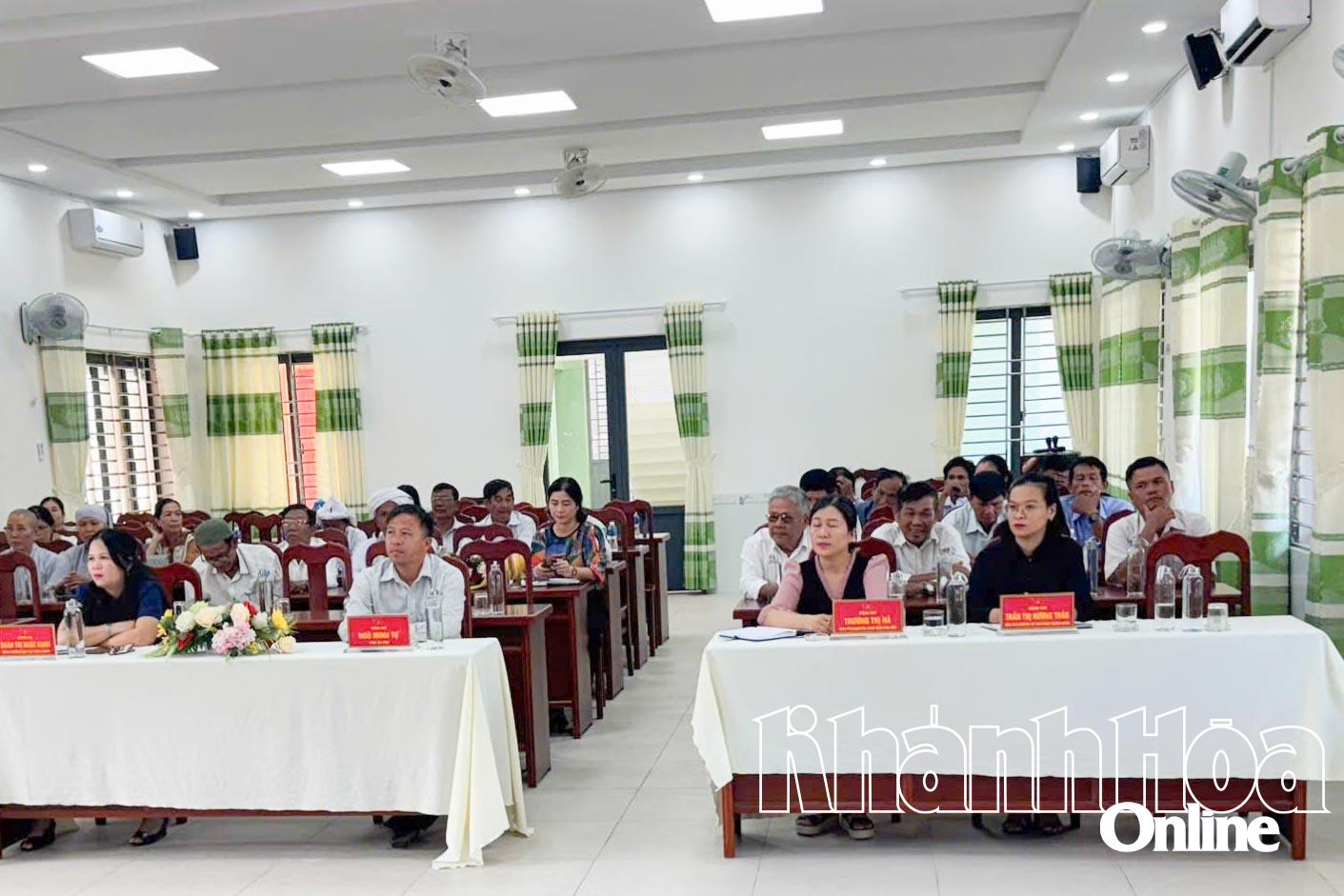
















Comment (0)